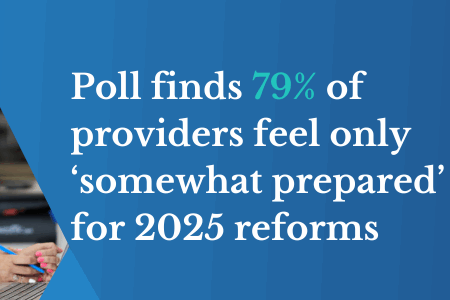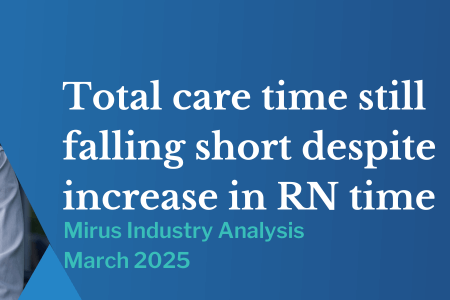Changes come to aged care sector
July 8, 2014 | Aged Care Management

Changes have come to the aged care industry, taking effect on 1 July. It's important to understand how these alterations impact providers and residents.
The fee arrangements for aged care homes have now taken effect, and aged care residents can view the types of fees they may be charged on the My Aged Care website.
As part of the changes, residents who have income and assets over a certain amount may be asked to contribute an accommodation payment that's agreed upon with the home before entering care. In other cases, the Australian government will cover part or all of the accommodation costs.
For residents unsure about whether a payment is required, the Department of Human Services can render assistance.
A small number of aged care providers are unable to charge these new accommodation payments for new residents, however, as they're yet to publish their pricing information on the My Aged Care Website.
According to Australian Ageing Agenda, the Department of Social Services has confirmed that 11 per cent of providers have yet to do so.
In addition, the distinction between high and low care is being eliminated, along with a new means-tested care fee for residential aged care providers.
Below, several of the major aged changes have been outlined. It's significant to note that these reforms are some of the largest recently seen in the industry.
Accommodation and services lump sum
Providers must now give residents a choice when it comes to payment, and offer a refundable accommodation deposit, daily accommodation payment or combination.
Contribution fee
The residential care contribution fee is now based on assets and income.
Indefinite residence
Permanent residential aged care is now provided on an 'ageing in place' basis, giving the right to indefinite residence.
Supplement changes
The accommodation supplement is being changed, with an increased amount now available for both new and refurbished facilities.


